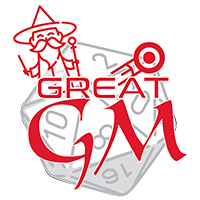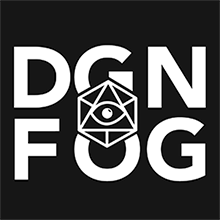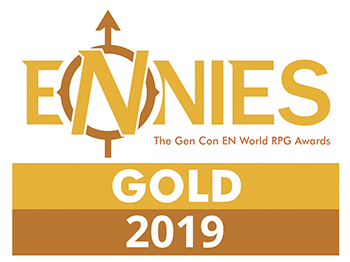The Grinning Blade, Spinning
Stone to grind against stone, and the heavy door into the Hargkan-tar's bosom gave way to the Lord of yon house, now a thief in the night seeking his prize-- Eregieth stopped to listen - would anyone move? No-- yet unease remained. This. Is. Dangerous. To so intrude into yon house of a governor. Yet he felt less hate now, for he saw: so remained yet the ashes of his kin, untouched yet not sealed. The Harkgan was irritated to smell sausages from the nearby larder - there were vents to retain the proper humidity inside the crypt, and so keep the ashes and some skulls from being reduced to either fine powder, which would not stick to skin in order to tether, nor mat and become stone-- The foreign lord to have conquered and taken the mansion was by no means disrespectful, or perhaps merely uncaring. Harumph! Let them have their faith. The Harkgan felt his heart sting as if tied to a cold stone with a rusted piece of stalen string. He was here for one thing - the blade of Týoll. Would it be here? He had asked a servant to sell him a stack of alden weapons, and none of them bore the mark of Týoll - laurel leaves and an eye-- one of forgotten repute. No mark-- for this weapon, this symbol of office would be symbol of itself, and need none to adorn it-- And the blade made *him* the lord of Issqar, according to Issqarans. Harkgan, and not Khórr, or some Taergaledian. Much dispute in which would be the one to carry yon blade. Carry? Nay, in the house it would gather dust, above the fireplace or perhaps now in a a stack of alden blades which some smithy would to well to refurnish into weapons of war. Cavalry would to little with them, as they were companions and to be wielded by both hands-- so thought the Harkgan. The blade would be known to all who saw it, for it was Qum. And perhaps this is why a knowing eye would see it, and discard, or sell-- or send into the vault of his majesty of Taergaled, to there remain, under strict royal book, as Issqar herself. Questions raced in the Harkgan's mind-- and he knew well the governor of Slëmonoch would be furious upon being robbed so-- the joy in mischief, they call it, and the Harkgan, now a veteran warrior, felt the alden days familiar feeling of the Wolf creep into his heart: to utterly humiliate his foe by merely marching. Yet his mind remained on the task, as he strode by the ashes, yet hunched as the space was tight, and caressed slightly the carvings looking down on him, and perhaps sharing somewhat in his joy - for do the sleeping not inspire those who honour them?
Mechanics & Inner Workings
By appearance, a simple cutting blade, with a small nodge, or hook on the back, which was used to catch the enemy's weapon and disarm if possible, taking a valuable prisoner alive. Closer inspection shows a thin Qum-edge, of exceptional strength, the rest of the metals being exceptional. Decorated with simple ornaments of partially Qaran, partially Kiri symbols of lore and legend, the blade seemed to call for a hero worthy of it to *lead*. Pommel could be removed and replaced, as well as the hand-guard, which catered to several body types and manners of martial training. Týoll was certain of Issqara being likely to be lead by his descendants for centuries, which came to pass.
Manufacturing process
Void forged items require exceptional facilities, meaning Qum-- It is unclear as to how Qum is manipulated, as well as what it truly consists of. Some blade smiths insist that the process does not involved heat at all, as in a test some smiths cast a tiny Qum-pendant into a forge, which remained in shape, unmalleable. What 'void forged' means is a well guarded secret.
Significance
Highly significant for the northern Kiri. The holder of the blade is seen to be lord of Issqara, meaning the one to be accepted, worthy of the blade.
Item type
Jewelry / Valuable
Related ethnicities
Owning Organization
Rarity
Unique sword, used by Týoll and created for the legendary figure to act as a symbol of office, that of the Captain-General, and de-facto ruler of Issqara of old.
Weight
Light
Dimensions
Typical Qaran companion in size (larger than katana, smaller than a shamshir)
Base Price
Unique
Raw materials & Components
Qum, as well as extremely recilient copper, as well as Mölqaran steel, which was by far the most flexible and rust-resistant type available on Qara. The materials had been gathered as to last; the Grinning Blade was a symbol foremost, and only then a weapon.
Tools
Master swordsmith with a Qaran void-forge were employed to create the blade. Legends vary, as well as history. Apparently forged somewhere in the old Land-Empire in *secret* under the very noses of the Qumortane...
Related Materials
Remove these ads. Join the Worldbuilders Guild










Comments